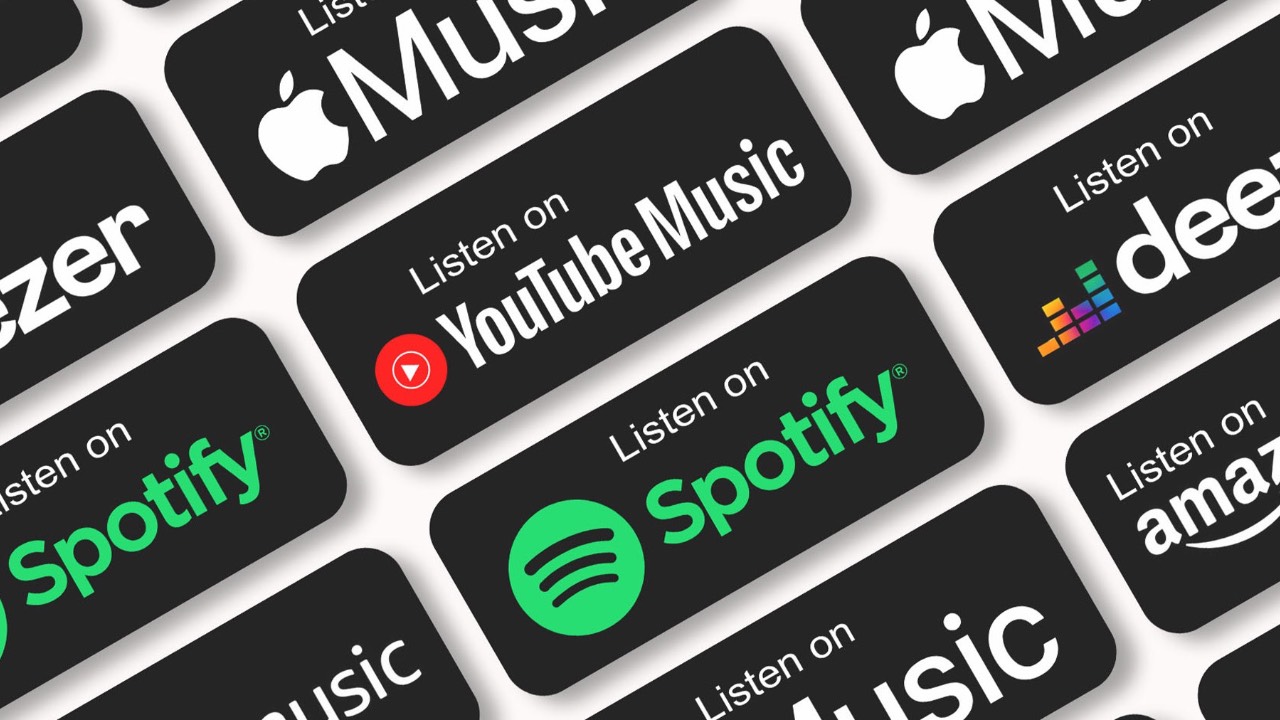Many of us wonder how much money goes to the artists who create the songs? But sadly, the truth is that they don’t make as much as most people think. The path from a stream to an artist’s wallet is not that smooth. And to top it off there are different rates and also a bunch of middlemen do exist in this industry.
Basics of Streaming Royalties
Streaming royalties are the payments that the artists get when their music plays online. These payments are normally split into two main types.
First, there are master recording royalties. These go to whoever owns the actual sound recording. Usually that means record labels or distributors.
Then you have composition royalties. These pay the songwriters and publishers who created the lyrics and music.
But the truth is that many artists don’t know about both types. Some only collect one, leaving the other behind. That means missed money. To earn what you’re owed, you’ve got to understand both. These issues are also not limited to music artists. Performers in video streaming and adult content performers face some of the same challenges related to payments and royalties. This includes performers ranging from social media and video game streamers to free live sexting app users and onlyfans models.
Non-Interactive vs. Interactive Streams
Not all streams count the same. Platforms fall into two buckets.
Non-interactive streaming acts like radio. You don’t pick exact songs. Pandora’s free tier is a good example—you pick a station but not every track.
Interactive streaming lets you choose what you hear. Spotify, Apple Music and Tidal work this way. You pick the playlist, the album or the single song.
Interactive streams pay more. Why? Because a listener is choosing that exact artist on purpose. That stronger choice means a higher payout per play.
Where the Money Comes From
Streaming services have two ways of making money. And those are subscriptions and ads.
Spotify shows the pattern clearly. About 42% of its listeners usually pay for Premium. That leaves 58% on the free plan. Premium listeners create nearly 90% of Spotify’s revenue. The free tier adds just 10% through ads.
The platform also takes its own share. And that is usually around 30–35%. The remaining which is around 65–70% becomes the royalty pool. Every artist gets a slice of that pool based on their share of total streams.
For example, if your songs make up 0.1% of all streams then you’ll get 0.1% of the pool. And so the number of listeners does not count. What counts is how you stack up against the millions of other tracks playing worldwide.
Factors That Affect Artist Earnings
A lot of things shape what an artist actually sees in their account:
-Subscription type matters: Premium streams pay about three to four times more than free plays.
-Different platforms pay different rates: Apple Music pays about $0.0076 per stream. Tidal often pays the highest. Spotify is free and YouTube sits at the bottom.
-Market share changes payouts: If the total number of streams goes up but your plays stay the same then your share shrinks.
-Contracts take cuts: Labels and distributors grab their share before artists see a dime. Independent artists using self-release platforms may keep close to 100%. Signed artists sometimes only see 15–50%.
-Location plays a role: Streams from places like the US and UK bring in more money as compared to streams from lower cost regions.
The Role of Publishing & Collection Societies
Getting paid is not that easy. You need to sign up with the right groups that collect money for you.
For song copies, which are called mechanical royalties, groups like The MLC in the US, GEMA in Germany and SACEM in France handle the money.
For songs played in public or on streaming which is called performance royalties, groups like ASCAP and BMI in the US take charge.
These groups work like middlemen between music platforms and artists. If you don’t sign up, your money just sits there unclaimed.
Legal Changes Improving Payouts
In the US, the Music Modernization Act of 2018 created a new group called the MLC. It replaced an outdated system and made it easier for songwriters to actually get their money. Now mechanical royalties move faster and with much less confusion.
Also over in Europe, the Copyright Directive passed the same year. It made platforms like YouTube take more responsibility. Before this, Youtube often said they were just “hosting” content to avoid paying fair royalties. That excuse doesn’t work anymore.
Together, these laws push for clearer rules and quicker payouts. For the first time in decades, the law is catching up with the technology.

